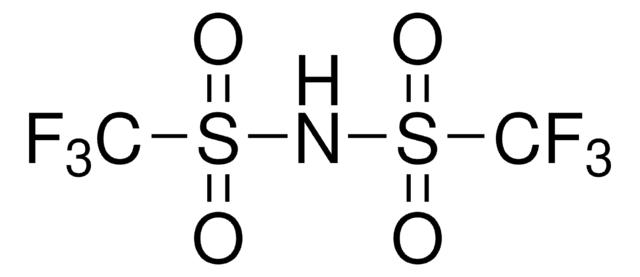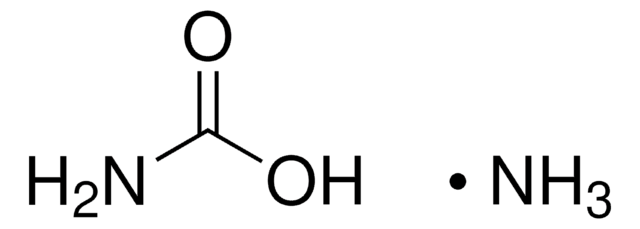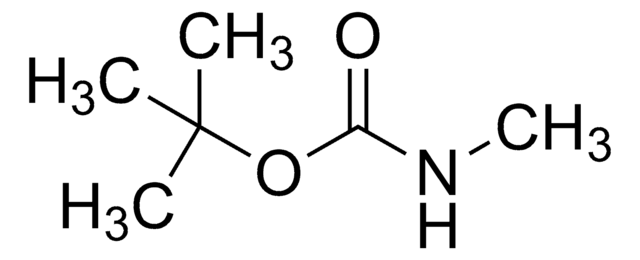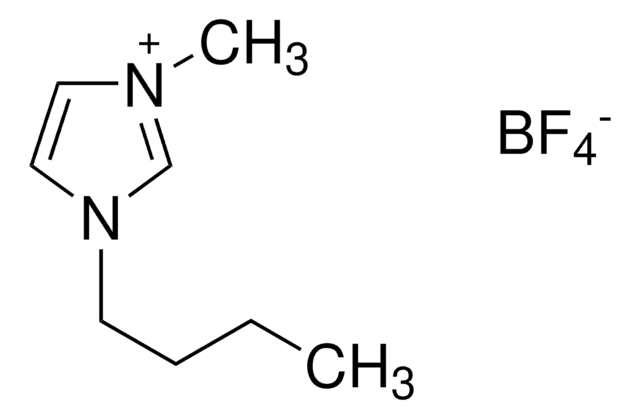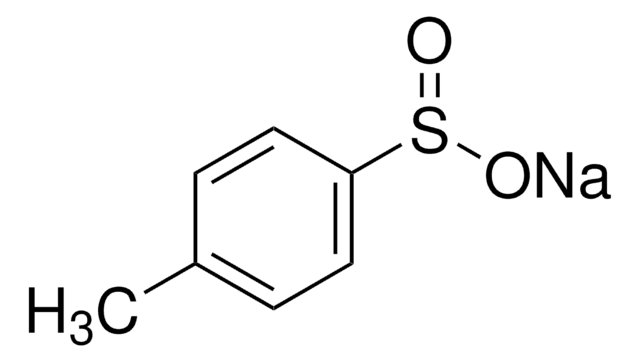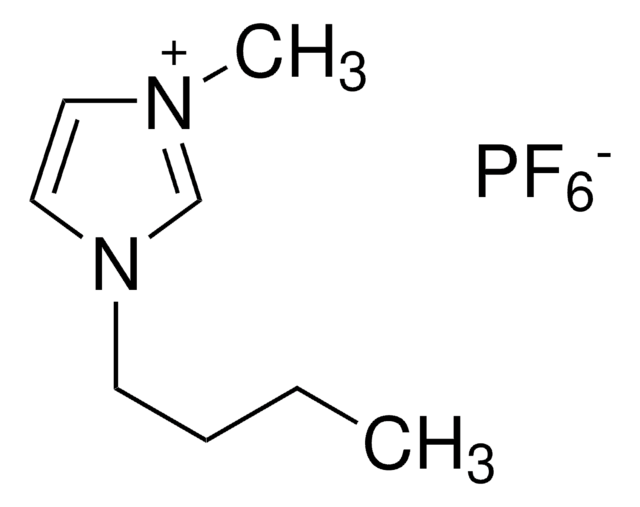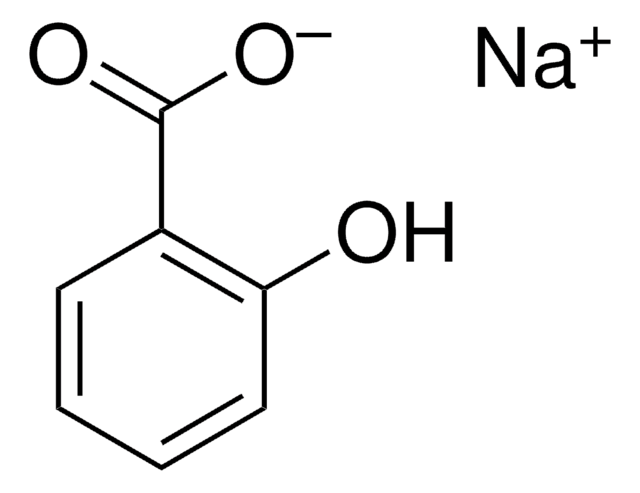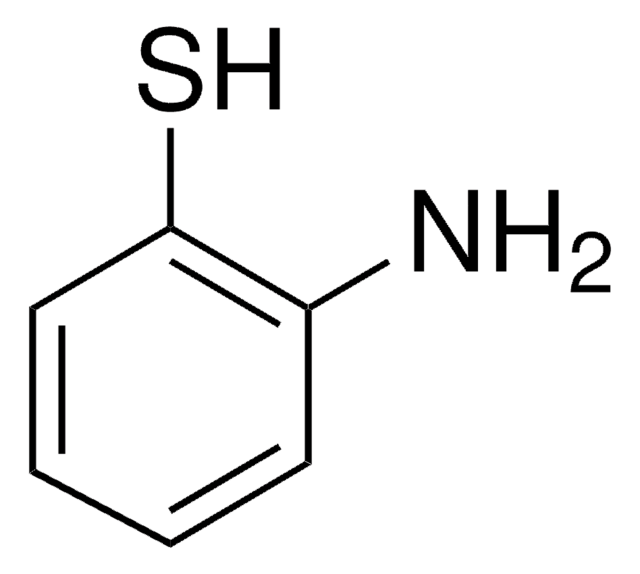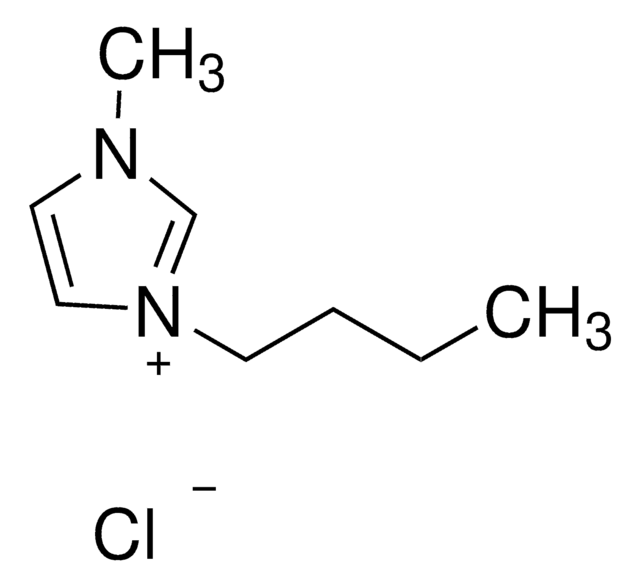408395
Dimethylammonium dimethylcarbamate
Sinonimo/i:
N-Methylmethanamine dimethylcarbamate, Dimcarb, Dimethylamine carbon dioxide complex
About This Item
Prodotti consigliati
Stato
liquid
Livello qualitativo
Indice di rifrazione
n20/D 1.454 (lit.)
P. ebollizione
60-61 °C (lit.)
Densità
1.05 g/mL at 25 °C (lit.)
Gruppo funzionale
amine
Stringa SMILE
CNC.CN(C)C(O)=O
InChI
1S/C3H7NO2.C2H7N/c1-4(2)3(5)6;1-3-2/h1-2H3,(H,5,6);3H,1-2H3
JIYXHCMRGZVYMA-UHFFFAOYSA-N
Cerchi prodotti simili? Visita Guida al confronto tra prodotti
Categorie correlate
Descrizione generale
Applicazioni
- For synthesis of calixarene-based ketocyanine fluorophores
- Distillation extraction of tannins from plant materials
- Electrodeposition of silver or of lead on glassy carbon and mercury film electrodes
- Synthesis of Ag and Au nanostructures
- Reusable reaction medium for synthesis of monoarylidene cyclopentanones
Avvertenze
Danger
Indicazioni di pericolo
Classi di pericolo
Acute Tox. 4 Inhalation - Eye Dam. 1 - Flam. Liq. 2 - Skin Irrit. 2 - STOT SE 3
Organi bersaglio
Respiratory system
Codice della classe di stoccaggio
3 - Flammable liquids
Classe di pericolosità dell'acqua (WGK)
WGK 3
Punto d’infiammabilità (°F)
55.4 °F - DIN 51758
Punto d’infiammabilità (°C)
13 °C - DIN 51758
Dispositivi di protezione individuale
Eyeshields, Faceshields, Gloves
Scegli una delle versioni più recenti:
Possiedi già questo prodotto?
I documenti relativi ai prodotti acquistati recentemente sono disponibili nell’Archivio dei documenti.
I clienti hanno visto anche
Il team dei nostri ricercatori vanta grande esperienza in tutte le aree della ricerca quali Life Science, scienza dei materiali, sintesi chimica, cromatografia, discipline analitiche, ecc..
Contatta l'Assistenza Tecnica.